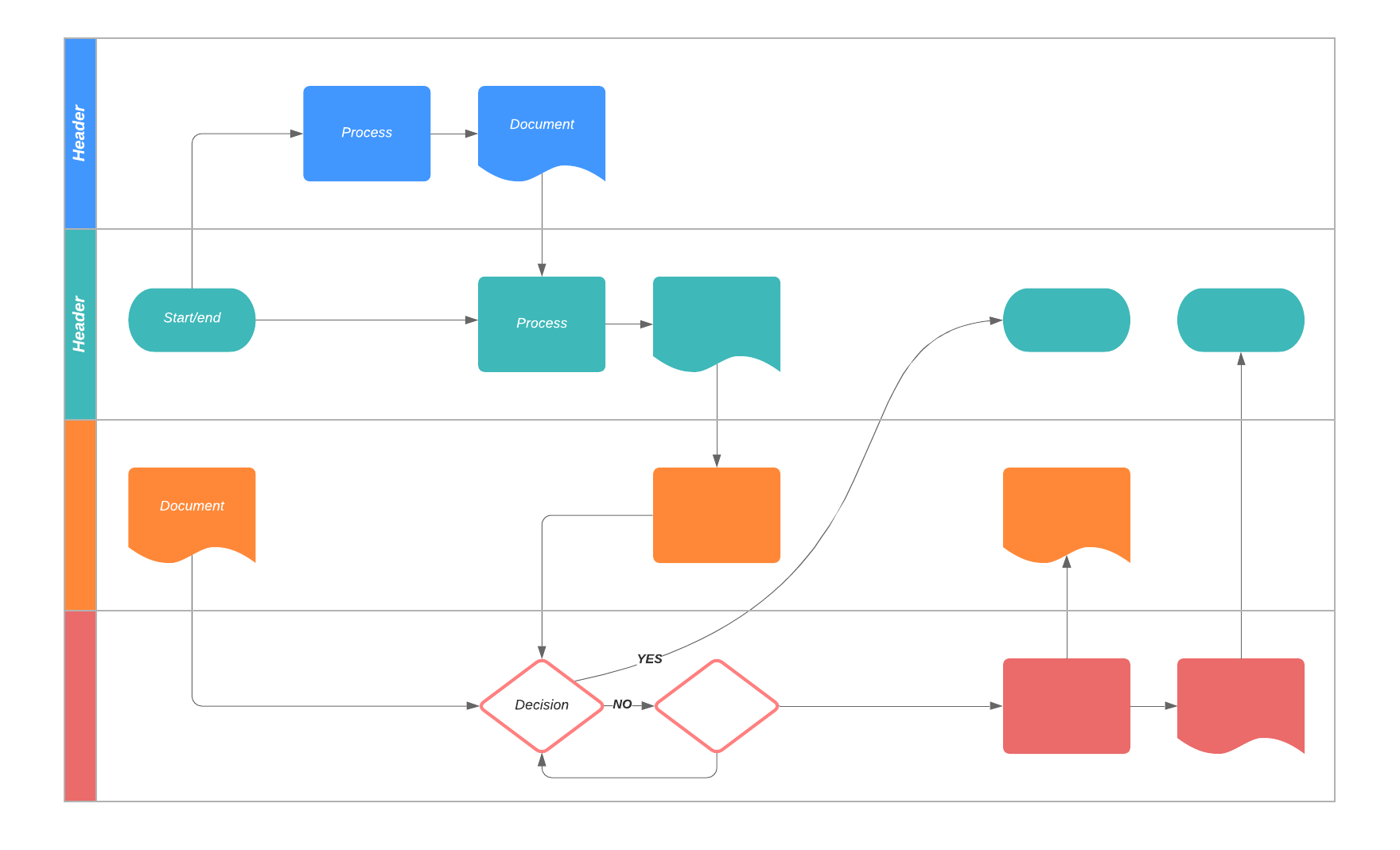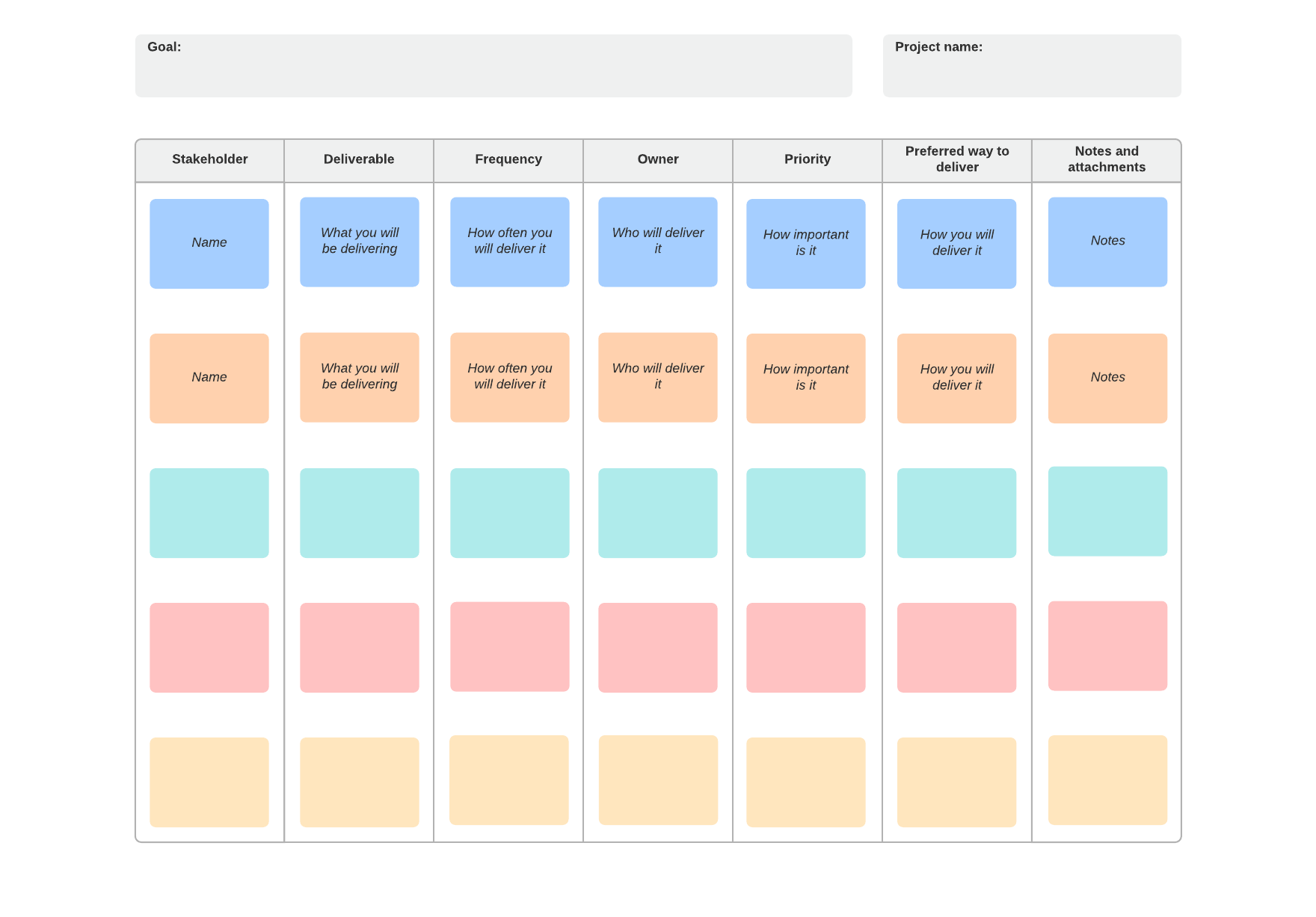
8 Total Quality Management principles to improve processes
Reading time: about 8 min
Topics:
During the global recession of the late ’70s and early ’80s, the United States (and the rest of the world) faced stiff competition from Japan. The Japanese had captured the world automotive and electronics markets because they found a way to produce high-quality goods at lower prices. And as a result, corporations in the U.S. looked more closely at the quality of Japanese goods and services, trying to find ways to improve production and recapture market share.
Their solution was Total Quality Management.
If your organization has just decided to incorporate TQM, or if you want to see whether this process improvement methodology can help you improve production, this blog post will cover Total Quality Management principles and techniques you can start using now.
What is Total Quality Management?
According to the definitive text, Total Quality: A User’s Guide for Implementation, Total Quality Management (TQM) is a management technique based on the idea that all “employees continuously improve their ability to provide on-demand products and services that customers will find of particular value.”
The concept of Total Quality Management can be found right in its name: The word “total” implies that all employees in the organization, from development to production to fulfillment, are obligated to improve operations. And “management” insinuates that this methodology should be a focused effort. Leadership should provide funding, training, staffing, and clearly defined goals to actively manage product and service quality on an ongoing basis.
8 principles of Total Quality Management
As with most management methods and techniques, implementation and success will vary from one company to another. While there is not a single agreed upon approach, the most common TQM definition includes the following eight principles.
1. Customer focus
The first of the Total Quality Management principles puts the focus back on the people buying your product or service. Your customers determine the quality of your product. If your product fulfills a need and lasts as long or longer than expected, customers know that they have spent their money on a quality product.
When you understand what your customer wants or needs, you have a better chance of figuring out how to get the right materials, people, and processes in place to meet and exceed their expectations.
To implement this TQM principle:
- Research and understand your customers’ needs and expectations.
- Align your organization’s objectives with customer needs.
- Communicate with customers, measure satisfaction, and use the results to find ways to improve processes.
- Manage customer relationships.
- Find a balance for satisfying customers and other interested parties (such as owners, employees, suppliers, and investors).
The benefits of being customer-focused include:
- More sales, increased revenue, market share, and mindshare.
- Strong customer loyalty leading to repeat business
- Increased possibility that satisfied customers will tell others about your products and services
Learn how to better incorporate the Voice of the Customer into your process improvement strategy.
Read now2. Total employee commitment
You can’t increase productivity, processes, or sales without the total commitment of all employees. They need to understand the vision and goals that have been communicated. They must be sufficiently trained and given the proper resources to complete tasks in order to be committed to reaching goals on time.
To implement this TQM principle:
- Clearly communicate and acknowledge the importance of each individual contribution to the completed product.
- Stress that each team or individual accepts ownership and give them the responsibility and opportunity to solve problems when they arise.
- Encourage employees to self-evaluate performance against personal goals and objectives, and make modifications as necessary to improve workflow.
- Acknowledge successes and optimized performance to build confidence in your employees and your stakeholders.
- Make responsibilities clear, provide adequate training, and make sure your resources are used as efficiently as possible.
- Encourage people to continually seek opportunities to learn and move into other roles to increase their knowledge, competence, and experience.
- Create an environment where employees can openly discuss problems and suggest ways to solve them.
The key benefits of total employee commitment include:
- Increased employee retention because employees are motivated, committed, and actively involved in working toward customer satisfaction
- Individual and team innovation and creativity in problem-solving and process improvement
- Employees who take pride and accountability for their own work
- Enthusiasm for active participation and contribution to continual improvement
3. Process approach
Adhering to processes is critical in quality management. Processes ensure that the proper steps are taken at the right time to ensure consistency and speed up production.
To implement this TQM principle:
- Use Total Quality Management tools such as process flowcharts to define and delineate clear roles and responsibilities so everybody knows who does what at certain times.
- Create a visual action plan so everybody can easily see the specific activities that need to be completed to achieve the desired result.
- Analyze and measure current activities to see where improvements can be made or where steps in the process are creating bottlenecks.
- Evaluate the impact your processes and activities may have on your customers, suppliers, and all stakeholders.
Benefits of a process approach include:
- Faster development and production cycles, lower costs, and increased revenue
- More consistency and predictable outcomes
- Focus on continued improvements and success
4. Integrated system
Typically a business has many different departments, each with their own specific functions and purposes. These departments and functions should be interconnected with horizontal processes that should be the focus of Total Quality Management. But sometimes these departments and functions operate in isolated silos.
In an integrated system, everybody in every department should have a thorough understanding of policies, standards, objectives, and processes. Integrated systems help the company to look for continual improvement in order to achieve an edge over the competition.
To implement this TQM principle:
- Promote a work culture focused on quality.
- Use flowcharts and other visual aids to help employees understand how their functions fit in with the rest of the company.
- Use as-is process analysis to see where improvements can be made.
- Make training available for employees who need to learn new processes and who want to explore opportunities for advancement.
Benefits include:
-
Focus on quality that will help your business achieve excellence and meet or exceed customer expectations
5. Strategic and systematic approach
The International Organization for Standardization (ISO) describes this principle as:
“Identifying, understanding and managing interrelated processes as a system contributes to the organization’s effectiveness and efficiency in achieving its objectives.”
Multiple processes within a development or production cycle are managed as a system of processes in an effort to increase efficiency.
To implement this TQM principle:
- Provide your people with the proper training and resources that will help them complete their individual steps in the process.
- Continually improve processes and products, and upgrade equipment as necessary to reach goals.
- Make continual improvement a measurable objective for all employees.
- Recognize, acknowledge, and reward innovations and process improvements.
Benefits include:
- An ability to quickly identify, react, and fix process bottlenecks or breakdowns
- Overall improved organizational capabilities and improved performance
6. Continual improvement
Optimal efficiency and complete customer satisfaction doesn’t happen in a day—your business should continually find ways to improve processes and adapt your products and services as customer needs shift. As previously stated, the other Total Quality Management principles should help your business keep an eye toward continual improvement.
To implement this TQM principle:
- Implement policies to establish product, process, and system improvements as measurable goals for individuals, teams, and departments.
- Recognize, acknowledge, and encourage innovation to improve processes and development.
- Encourage employees to participate in available training sessions to learn and take on new and additional roles.
Benefits include:
- Improved knowledge and capabilities to increase performance
- Improvement goals strategically aligned with organizational capabilities and goals
- Quick reaction times to recognize and fix bottlenecks and broken processes
7. Fact-based decision-making
Analysis and data gathering lead to better decisions based on the available information. Making informed decisions leads to a better understanding of customers and your market.
To implement this TQM principle:
- Analyze and check data to ensure that it is reliable and accurate.
- Make relevant data available to stakeholders.
- Use valid methods to gather and analyze data.
- Make decisions based on the facts learned from the data in addition to your experience and intuition.
Benefits include:
- Ability to make informed decisions
- Ability to analyze and defend past decisions by referencing factual records
- Ability to change past decisions based on data review
8. Communications
Everybody in your organization needs to be aware of plans, strategies, and methods that will be used to achieve goals. There is a greater risk of failure if you don’t have a good communication plan.
To implement this TQM principle:
- Establish an official line of communication so that all employees know about updates, policy changes, and new processes.
- Where possible, involve employees in decision-making.
- Make sure everybody in every department understands their roles and how they fit in with the rest of the company.
Benefits include:
- Boost in morale and motivation when employees understand how their contributions help the company achieve its goals
- Interdepartmental coordination and cooperation
- Connection of silos
- Ability to more accurately measure the effectiveness of current policies and procedures
- Higher motivation from employees to achieve goals because they are part of the decision-making process
Successful implementation of these Total Quality Management concepts will not come overnight. Because TQM often represents a large cultural shift, you may want to implement these changes in phases to lessen the impact.

High performance is a journey, not a destination. Learn more about how your team can continuously adapt to drive better results.
Read moreAbout Lucidchart
Lucidchart, a cloud-based intelligent diagramming application, is a core component of Lucid Software's Visual Collaboration Suite. This intuitive, cloud-based solution empowers teams to collaborate in real-time to build flowcharts, mockups, UML diagrams, customer journey maps, and more. Lucidchart propels teams forward to build the future faster. Lucid is proud to serve top businesses around the world, including customers such as Google, GE, and NBC Universal, and 99% of the Fortune 500. Lucid partners with industry leaders, including Google, Atlassian, and Microsoft. Since its founding, Lucid has received numerous awards for its products, business, and workplace culture. For more information, visit lucidchart.com.

